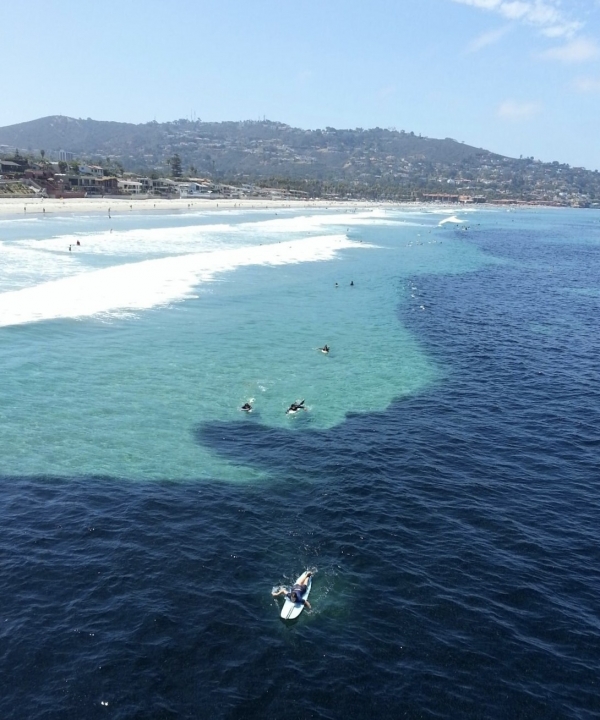An early 2014, a great anomaly descended upon the seas: A patch of warm water that manifested in the Gulf of Alaska. Scientists called it “The Blob.”
An early 2014, a great anomaly descended upon the seas: A patch of warm water that manifested in the Gulf of Alaska. Scientists called it “The Blob.”
A strong El Niño prolonged this marine heatwave through 2016. It extended as far south as Baja California, Mexico, throwing marine ecosystems, weather patterns and fisheries into disarray. Now that the heatwave has passed, researchers have begun examining its effects and drawing insights that can help us prepare for a future where marine heatwaves are more common and more intense.
Marine scientist Chris Free, at UC Santa Barbara, led a network of colleagues along the West Coast to investigate how the 2014–2016 marine heatwave impacted the region’s fish, fisheries and fishermen. They documented The Blob’s diverse effects through a coastwide economic synthesis and a series of 10 case studies, finding that many fisheries suffered due to stock declines and shifting ranges. However, even some of the species that fared well caused management challenges. The study, published in the journal Fish and Fisheries, presents an outline for what to prioritize as scientists, fishermen and policymakers chart a path forward.
Read more at: University of California - Santa Barbara
Millions of anchovies darkened the water off the coast of La Jolla, California in July 2014. (Photo Credit: Scripps Institution of Oceanography at UC San Diego)




